So why don’t you quickly tell everyone who you are?
So, my name is Caledonia Corry. I also go by the artist moniker Swoon. And I’m here at 76 grand Street, setting up a different kind of show for me.
And why is it different?
It’s different because I have started to teach myself stop motion animation. Which is so fun! I’m having like the best time with it. And so we decided to do this show that’s basically really just focused around the animation. There’s…you know, there are drawings and there are some pieces that are related to the animation but the big space, the kind of big moment is with the animation.
Okay, so how’d you get into the stop motion? Maybe let’s back up a second. How did you get into street art?
Actually, animation and street art started at the exact same time and street art just won out back then. You know, I was in college and I was studying sort of classical painting.
So you have a classically trained background?
I do, a very traditional background. So when I moved to New York and New York was like “Whaaaaooo”… it was the 90s… 1996, or 1997… sometime around then and yeah it just got my whole view of what art could be scrambled. Because as you know, we were teenagers before the internet. So for me, my whole idea of art was like Vermeer, who I still love. But when I got to New York, I was like, “all right, there’s this whole new world”, you know, so…
So, you moved here for a school?
I moved here for a school. I went to Pratt in Fort Greene. I lived in the one non-Hasidic house in Borough Park. At the time it was literally the only one because it was really hard to find an apartment when you were just a teenager who didn’t even have a job yet. I was just a teenager with some cash that I kept in my shoe and one person who trusted me.
I remember. People don’t understand this if they didn’t live in New York in the 90s but if you wanted an apartment, you’d have to hire a broker or look in the Village Voice or a print source like that.
Exactly! I was literally walking around in the street asking people if they knew of any apartments in the neighborhood.
I remember running with applications to the property management offices and fighting for these piece of shit roach infested walk-up apartments.
Exactly. Yes. So that was my life. And so, then I started… You know, I was in school for a couple years, and then I just kind of needed to shift my definition of what art could be in. And I was obsessed with graffiti, and I was realizing well, I’m not a graffiti artist. I’m already 22 by that point, and I had never tagged anything. I had this idea that you needed to start when you’re 12 to be a real graffiti artist , you know?
And you’re just never going to be be accepted otherwise?
Yeah, it’s just like there’s no way I can start now. So how do I honor this thing that I love, but also honor myself who is this classically trained portrait artists. You know what I mean? So, I just kind of thought that out for a little while and came up with this idea of making these prints and pasting them outside on the streets and that’s how it started.
So, this was the late 90’s? Who were you working with, or influenced by this point in New York? Did anyone take you under their wing?
So, basically what happened was people were obviously doing stuff at that phase, so Shepherd (Fairey) was out there, WK Interact was out and about. And so, there was this whole thing that was happening but I didn’t know any of those folks, or really anything about it. I was just kind of making up stuff on my own. And rather than someone taking me under their wing, what happened was Leon Read, Dareus, and then my other friend, Brad Downey, they just kind of saw me doing a couple stickers and they were like, “Hey, Callie, come on we’re doing this together, and you’re gonna be in our movie while we’re at it!” And then we just became this little posse with the addition of Quenell Jones, who was a filmmaker too. They ended up making a pretty great movie called Public Discourse about all kinds of things that folks were up to at that time.
You’re considered to be one of the most successful female street artists ever. I don’t think anyone would argue with me about that. There weren’t many female role models for you at that point other than maybe Lady Pink and a couple others?
Yeah, yeah. That’s all. I knew about lady pink. I think Claw Money was out a lot back then as well. There were a few women around. I didn’t know them but I knew it existed for sure.
So it’s really a boy’s club at this time?
I have to say it’s one of those topics people asked me a lot and really want to know “was that hard”? But like I said, my first three friends in the scene were Brad, Leon, and Quenell and I didn’t mind that. I was a little bit of a tomboy, I love to work with my boys, I was like their little sister. That’s kind of my vibe anyway. So, that was cool for me. But, one thing I’ve been thinking about a lot lately is everyone always talks about the boy’s club aspect but the thing is that it’s not that different at the blue chip art level. When you really look at it, when you start to dig into it, street art gets this bad rap, but it’s really not deserved. It’s way worse at the high end fine art and museum levels.
I attended the Gorilla Girls lecture at Beyond the Streets this summer and I know it was bad, but I didn’t know…
How bad it really was!
Exactly! So, circling back, you started just pasting on the streets?
I started with block printing. I was doing these little linoleum block prints, and I started pasting them, and then that kind of didn’t come out how I wanted it to, so then I got really obsessed with stickers and then I was doing these tiny stickers and then I started doing billboards.
I actually have one of your original sticker packs that I bought years ago. I should have brought them…
Oh my god. For CAC. Amazing! I forgot about those. There my heart!
So, all right, you started to play around on the streets. You kind of just fell in with a couple of your friends and started stickering and you started playing around with block printing…
Yeah, that pretty much what I was into originally. The very first project was block prints, then stickering. Then I did this billboard project that was about subverting advertising. There was this whole movement also happening at the time that was about reclaiming public space. And it was happening at a bunch of levels, so I kind of plugged into that.
Yeah, so did you run into Ron English or any of those folks involved in that scene back then?
No, I don’t actually know him yet. I was really just in my own little world. Much later, I went to Palestine with Ron English but I didn’t know him way back then.
Okay, so because obviously we can’t make this interview go on forever and could spend an hour just talking about the ad takeovers but let’s get back to the show at hand. So you left stop motion behind just because of where the street art was taking you?
Yeah. Well, I just did not have the patience to zone in on something like that. I mean, I was 19 or 20 or however old I was and I just felt spastically full of energy, and I wanted to run around the streets. I didn’t want to stay in my apartment and play with stop motion for hours of tedious work, especially not if a computer was gonna have to be involved
I was gonna say I’m assuming stop motion is a little bit easier to produce now?
Exactly, I honestly in some ways, was literally just waiting for dragon frame to be invented. It’s a software that you can just click, click, click and it plugs the frames into an animation framework. It’s made for animators. Whereas back then I had maybe my first iMac and I had like a 35 millimeter film camera.
What color was it?
I think it was teal (laughing).
Okay. Anyone who’s our age will understand. I had orange at home and blue at work. So, you kind of left it behind and did the stuff we discussed, you were in Exit Through The Gift Shop with Banksy and you’ve done many, many, shows all over the world and you started the Heliotrope Foundation but you decide to come back around to stop motion for this show. Was there something in particular that renewed your interest in stop motion? Or was it just something that’s been hanging over your head forever and you just wanted to finally get to it?
Well, I went through this period. So, you know, I was working on street art and then I kept expanding my idea of what street art could be and how art can function in our lives. And I kept adding things, and adding, and adding things, and doing these kind of crazy community based projects and just expanding my sort of creative footprint in my life, in these sort of chaotic and also awesome ways. And then everyone in my family or the whole entire older generation just died. My mom died, my stepdad died, and my dad died like bam, bam, bam! And you know, I had a very unresolved childhood with my parents. They had tons of addiction and so there were all these issues. You know, anyone who loses their parents knows that every issue you ever had just gets reconstituted when they die. You’re like, boom, okay, now it’s time to look at this.
Thankfully my parents are both still alive and healthy.
Well watch out for it. It’s going to happen. It’s normal, but it really throws you. It really throws you into a very deep inner spiral. So it was one of those things where I just kind of needed to shift. I went very inward. I was doing all this inner work. And in my outside life, things were starting to fall apart a little. So I was like, you know what? I’m going to pull back in and make things smaller and teach myself something new. And I’ve been wanting to work on film for years, and I asked myself “what’s going to happen in a year?” And then I was thinking, what if I don’t make time for this… So I consciously decided to make time for it. And I did this show at the CAC in Cincinnati where I kind of made it like a retrospective. That’s actually where you got those stickers from. That’s why those stickers existed. I decided I was going to make this show a retrospective, a tool for looking back. And then once I’m done looking back, I’m going to set it down. And I’m going to move to this new space within, which is when I started this new thing.
So, you did this retrospective and kind of, I guess opened up a lot of memories both good and bad?
It’s always intense to look back but it was a way for me to lay out all the years and at the end of it say, ok, now I’m gonna put down printmaking. I’m going to put down street pasting. I’m going to set aside all these things that are basically the core of my life. Not saying that I’ll never pick them back up, but it was just what I needed right then. I had been adding, and adding, and adding, and I needed to start taking things off my plate. If there was going to be room for some new creative channels, space was going to have to open up.
I’m not going to name names but there’s lots of artists that have been coasting on the same ideas for over 20 years, doing the same thing over and over. And as much as it’s hard to get out of the comfort zone when checks are pouring in, the best artists continue to grow.
You have to grow. You have to grow creatively. And the thing that I find is that if I’m not growing creatively, I’ll start sort of sabotaging things. Honestly, like there’s a little elf in me that just starts quietly sabotaging my life, and is saying “I’m going to get what I want one way or the other if you don’t continue to grow”.
I wonder if I can get that voice you just did that elf impression as into article (laughing). But seriously, so for this show, it’s still being installed, so I can’t discuss too much. But you’re working with some of your classical style of your portraiture. All women though?
Yeah, well, there are a bunch of black and white paintings, mostly of women who modeled for me. And a bit of nudity, which is new. I don’t have any… I don’t have a lot of naked men here. So I’m like, why do I just paint naked women? What’s going on with me? Am I fucking sexist (laughing). So maybe I need you to step it up with more men in the future.
I’m always available if you need a model… But moving on… The show also included some stencil work and some 3d hanging pieces, and sculptures?
For sure. Yeah. Yeah. So for this show, this room has the portraiture paintings we discussed. There’s going to be a built out piece right there. There’s a little installation which is kind of like I took my stop motion studio and just moved it into the gallery in the corner. That’s what they’re setting up right now. And then there’s some drawings, some sculptures that were part of the animation, and then there’s the animations themselves which are playing in the back room.
So, this is going to be a fully immersive experience?
I mean, I guess so. Yeah, you watch the films. It’s definitely not as built out of an installation as I usually do. But there’s many stations on the journey, for sure.
And the show is…
The show is called “Cicada” and it opens November 14 (Through February 1st, 2020) here at Jeffrey Deitch Gallery 76 Grand Street in New York City.
You will be selling prints, originals, sculptures?
We are actually kind of still working that out, to be honest. What’s for sale? Because well, you know, once you’re working in film, that’s kind of the question. So, these are paintings actually. So these are sellable. The build out piece will be available for sale and then I will kind of feel it out with the sculptural objects.
So, this is a good spot, I guess, to talk about your Heliotrope which you release limited edition unsigned prints from amazing artists all over the world, at very reasonably priced for charity.
Yes, Heliotrope was started to support a couple of community based projects that I have been working on over the last decade. The main one at the moment is finishing the post-earthquake rebuilding that started in Haiti in 2010. And then we started an after school program at the community center that we built and there’s all types of pieces that got generated out of that.
Like this tile I just happen to have brought with me…
Oh, cool. Yeah, that’s right a tile. So, we started a little tile company called Braddock Tiles. We’re working in this church building. We are very, very, slowly renovating it by engaging the community into this project.
And you released is a bunch of prints from that?
Yes, There’s two major prints that are directly related to folks in Braddock.
So, was there a specific life event that got you to choose these specific people to help?
You know, it was just like every time I would work on something I would ask myself “how could this be of service”? I think I still ask that, but what I’m working on right now I’m really giving myself time to just play. But I’ll often come back to myself and ask “Okay, how can this reconnect to the world and to people’s needs”, and I think it’s just kind of more of a disposition than a life event. Sometimes you want to indulge and play, and then sometimes you want to be to ask yourself how can I share my good fortune?
Sadly my time with you is almost up. So lastly, any funny stories about being on the streets?
Yeah! One funny story, the very first one that comes to mind is this one time when I saw this abandoned church. And I was like, “I’ll just put this piece on this abandoned church!” I would always see it empty, so I kept it in mind. I loved to go out wheat pasting on Sunday mornings because it’s just a nice time. It’s quiet. So, my friends, and me actually made a whole mission of it because it was this huge piece. So we’re out on ladders with huge buckets of glue, and long extension poles, the whole deal… We’re trying to look very legit. And I’m starting to paste, when all the sudden I look down from my ladder and I see people in nice suits and dresses are starting to walk into this building and I’m like, “Oh, fuck… is this not an abandoned church???” I mean, I guess I’ve just never been here on a Sunday morning!
And then, this lovely woman comes out and she’s says “Hey……”, and I just waved back and said “Hey!”. This was a rare time when I was able to be completely honest. I didn’t even have to lie. And I just said “I think I’m in the wrong place”. And she replied “Yeah. Probably the wrong place”… And I asked her politely “Are you sure you really don’t want to keep it?” And she replied, “No, we really can’t this is a church”.
So, we start taking it down, and there’s these three people who are standing behind us watching and they just go, “Oh, bummer!”. And then my friend who was just amazing; she was so good at talking to people. She turns around and asks “Why? you got a wall to offer us?” and they did!
So, they brought us to their apartment and here we are, these three women, totally messy tromping through this beautiful apartment to rich their rooftop wall. They’re trying to be good hosts and pull out drinks and ask us to hang out but we’re just on this mission. We pasted this thing that was in a huge garbled sticky ball because it has just been pulled off the wall of a church down the side of their roof and it stayed there for years! People could see it from the J train. It was really awesome. Thank you to those three guys! Sorry, we didn’t stay and have fun!
Last thing, Anybody you want to give a shoutout before we end? Any other upcoming projects?
I was just going to say thank you to everybody who’s helping me on this project, it’s amazing! Especially All three of the people helping me set up the show right now who make amazing work on their own as well Rowan Renee (@brooklyntintype), Frances Segismundo (@fksegismundo), & Caroline Caldwell (@dirtworship).

Rowan Renee (@brooklyntintype), Frances Segismundo (@fksegismundo), & Caroline Caldwell (@dirtworship).
And anything else coming up?
I know there is stuff coming up, but I can’t remember any of it… Oh, you know what’s coming up… I’m going to do the jaunt. Do you know what that is? It’s this residency thing that I’m going to… Rickie Lee Gordon has started this residency program in Sri Lanka for artists and meditators. So, somehow the jaunt is sending me there, so I’m pretty fucking excited.
You’re going to have to come to my yoga classes and meditate when you get back!
Yeah, let’s do it!
All Photo’s & Text Copyright 2019 Matthew A. Eller. Follow me on Instagram @ellerlawfirm




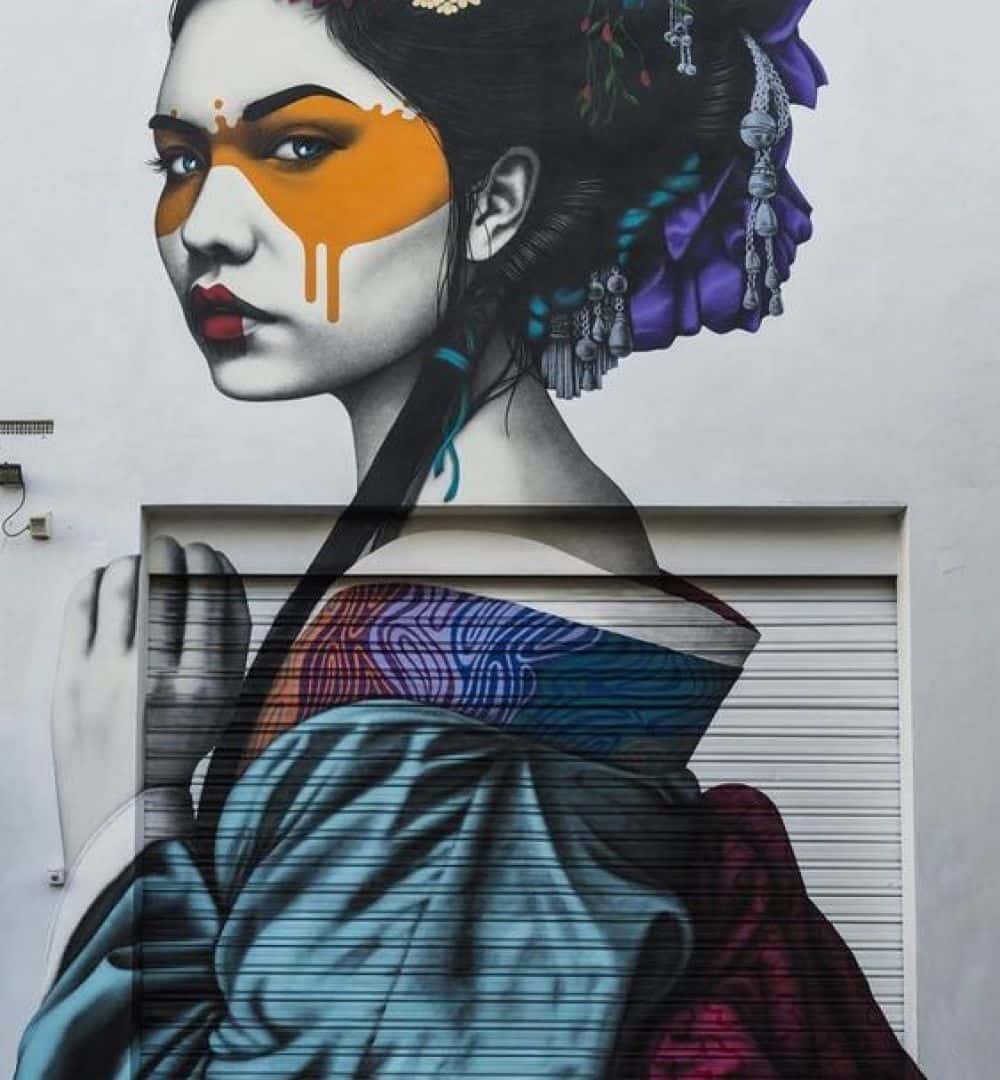















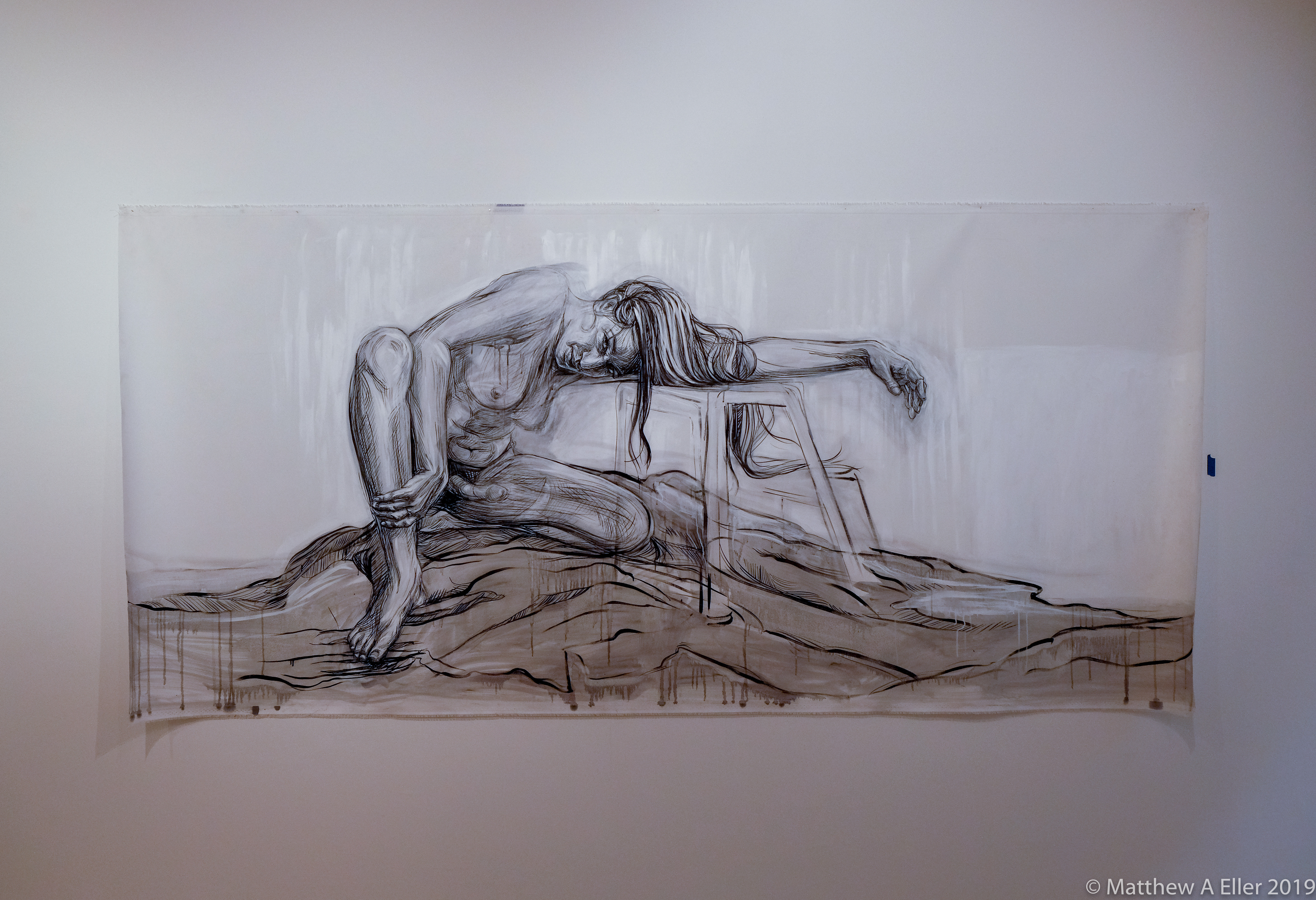
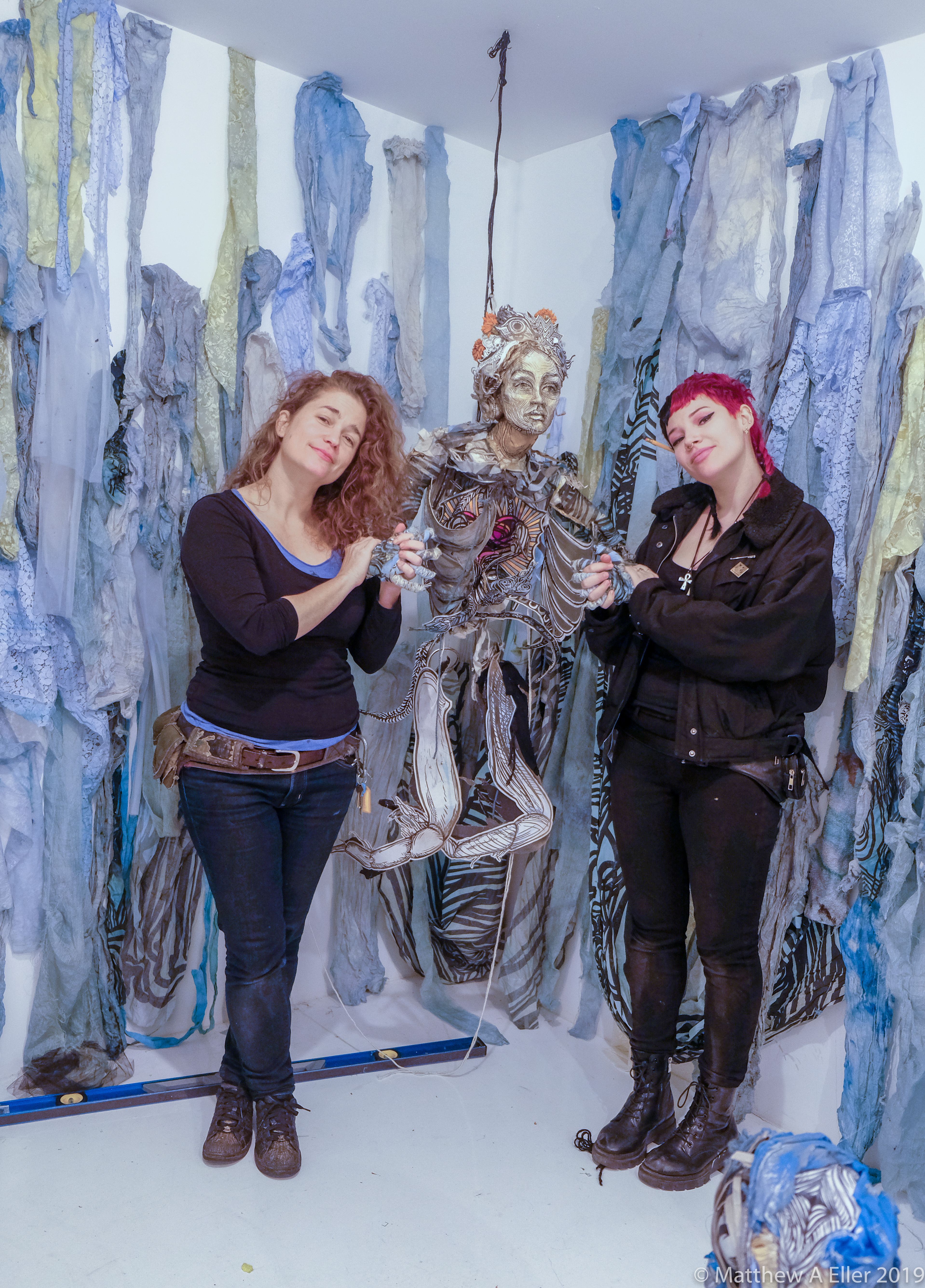

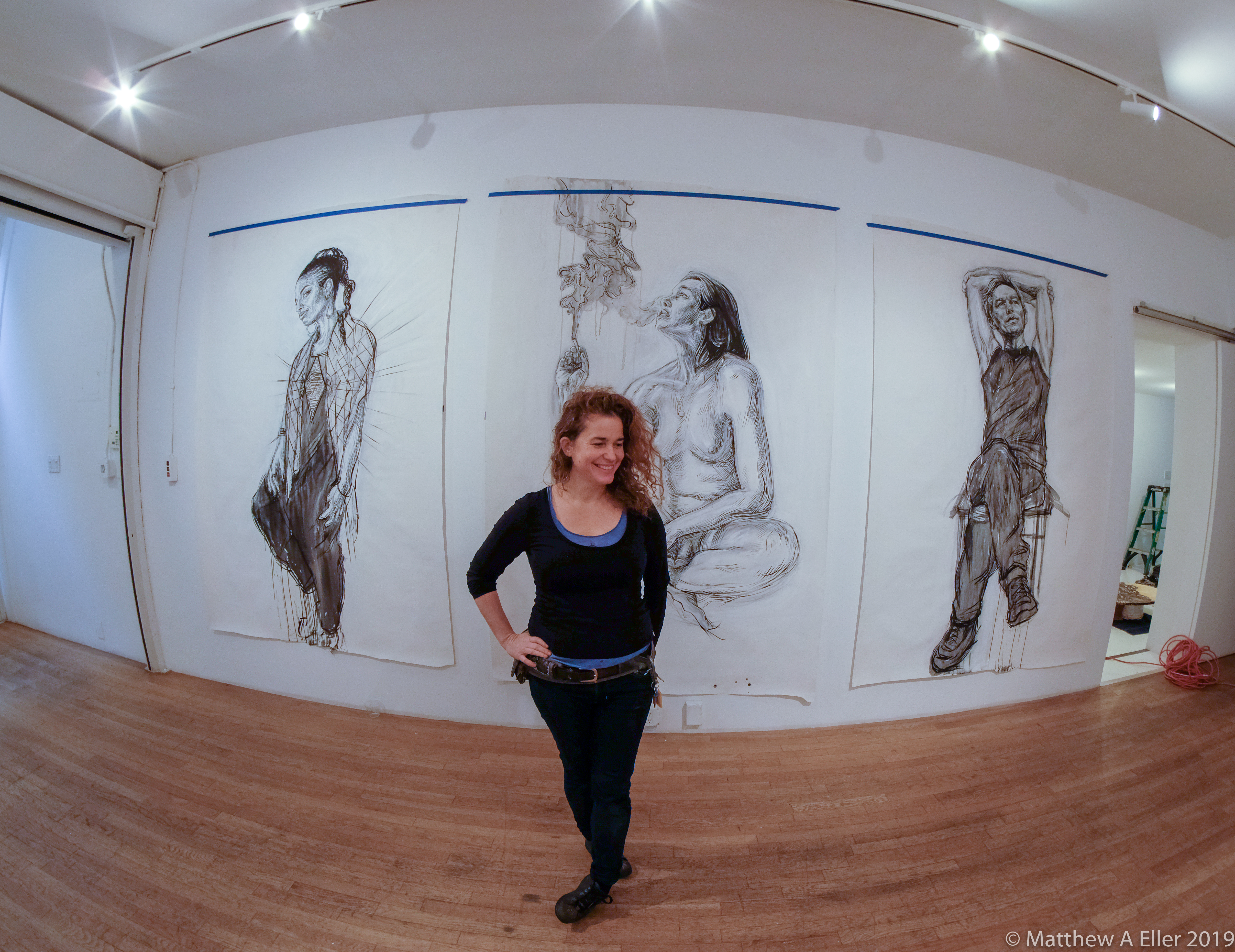







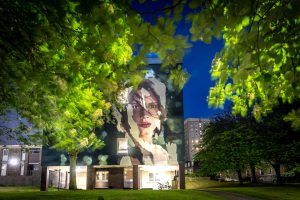













comment